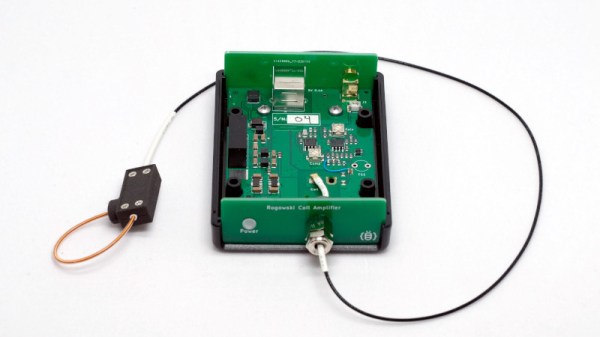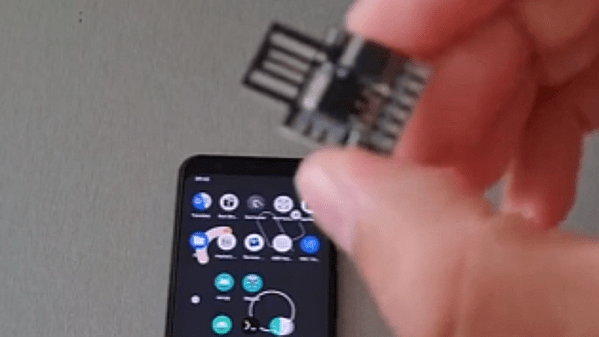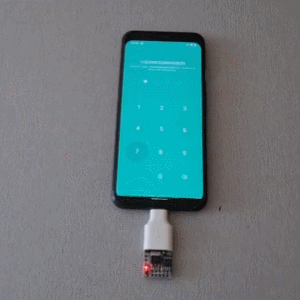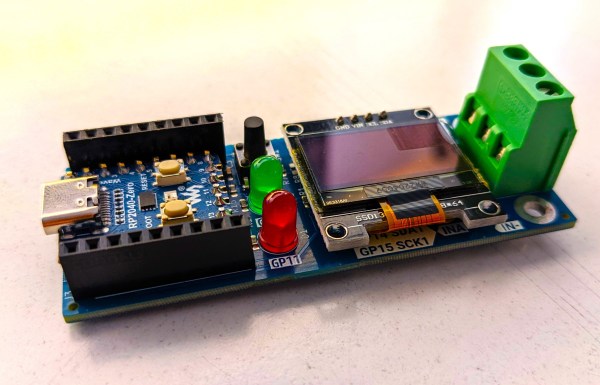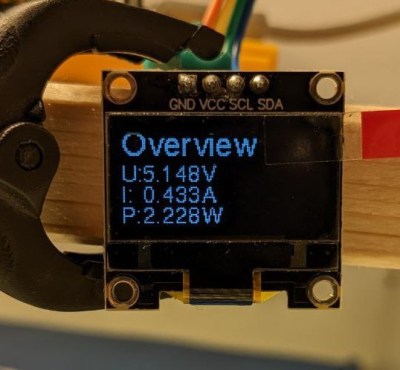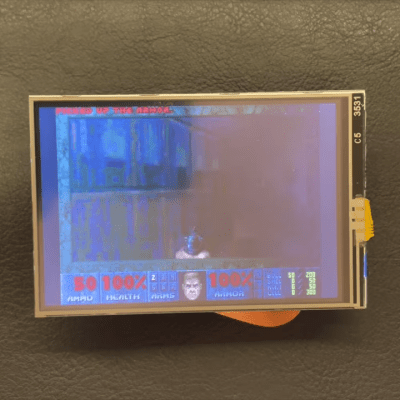One of the joys of writing for Hackaday comes in learning new things which even after a long engineering background haven’t yet come your way. So it is with the Rogowski coil, an AC current sensing coil which is unlike conventional current transformers in that it’s open ended — in other words not needing to be closed around the conductor it’s measuring. [Weston Braun] has an interesting introduction to the subject, as part of his open source Rogowski coil based current probe.
The project itself is an amplifier and integrator that provides a voltage output proportional to the current sensed by the coil, but the real meat is in discovering the coils themselves. They’re a many-turn coil wound on a flexible former, forming in effect a toroidal inductor with a gap in it when bent into a circle. They’re for high frequencies only though, with the one in this project having a bandwidth from 888 Hz to 25 MHz. We don’t have any immediate need to non-intrusively measure current at those frequencies, but it’s something to know that we could.
This isn’t the first time a Rogowski coil has turned up on Hackaday though, back in 2011 we saw one used to measure a steep current impulse.

